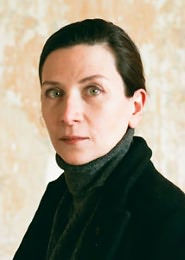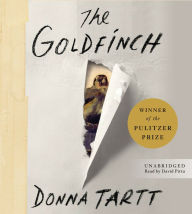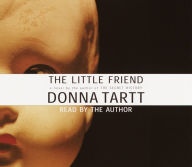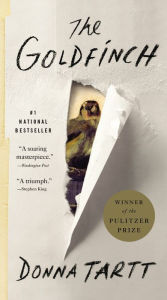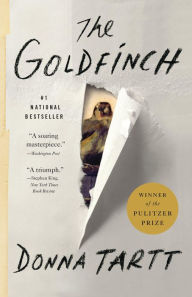Donna Tartt excels at turning places of ordinary privilege into places tinged by anxiety and death. In her first novel, The Secret History, a small liberal arts college in New England becomes the playground for a dangerous, elite clique of scholars; in her next novel, The Little Friend, Mother¿s Day in a small Mississippi town serves as the backdrop for the discovery of a nine-year-old boy¿s hanging.
Though she has written several short stories and essays for magazines such as Harper¿s and the Oxford American, little has been seen of Tartt since the publicity blitz that accompanied The Secret History¿s publication in 1992. The book became a bestseller, and critics were reservedly enthusiastic.
Tartt had taken on a lot in The Secret History. It was partly a thriller, partly a critique of academe, and was densely packed with literary references from both classical Greek and contemporary literature. Some thought Tartt had bitten off more than she could chew, but she still earned praise for her sheer thematic ambition and her ability to create atmosphere and a driving pace. Ultimately, the book was enough to establish the Mississippi writer as a talent worth watching, and to inspire a handful of devotional web sites that dutifully enumerated her few-and-far-between publications.
The Tartt short stories that have since appeared in magazines show a glimpse of the talent that wowed professors at University of Mississippi ¿ a Christmas pageant goes criminally awry, a former child star goes on what he considers a doomed visit to a hospitalized child ¿ and her essays further reveal her skewed perspective. Finally, in 2002 and a decade after the debut that made her a sensation, Tartt published The Little Friend. The premise, a 12-year-old girl¿s effort to avenge the murder of her older brother, shows that Tartt has not shied away from her exploration of the darknesses that lie underneath seemingly harmless facades.
